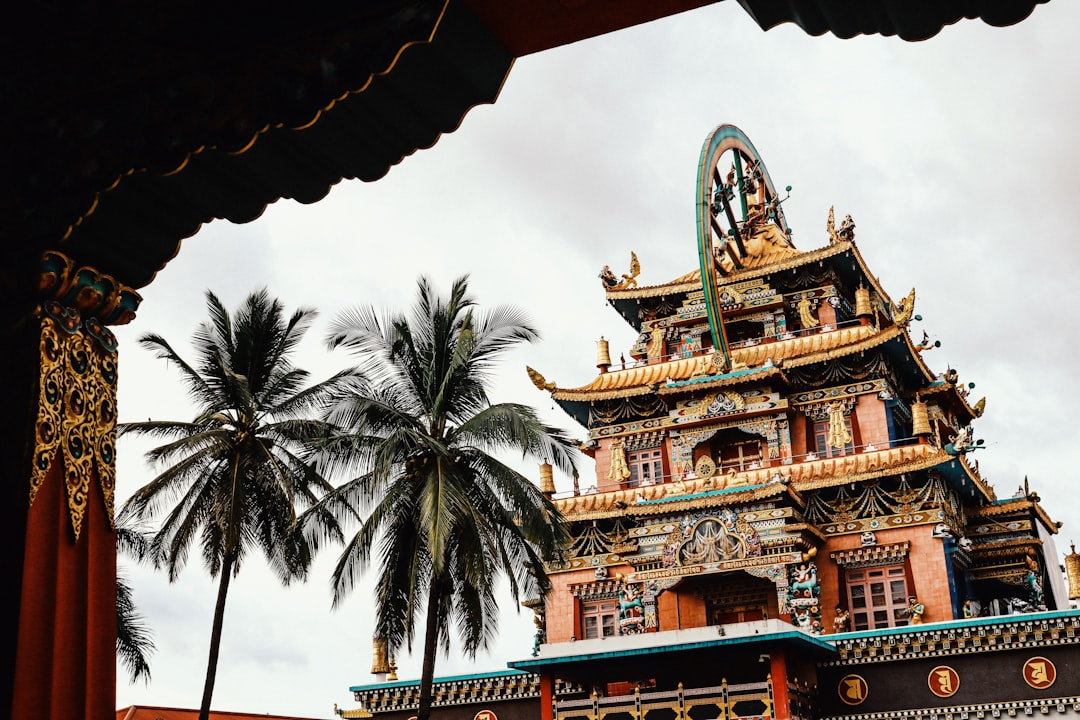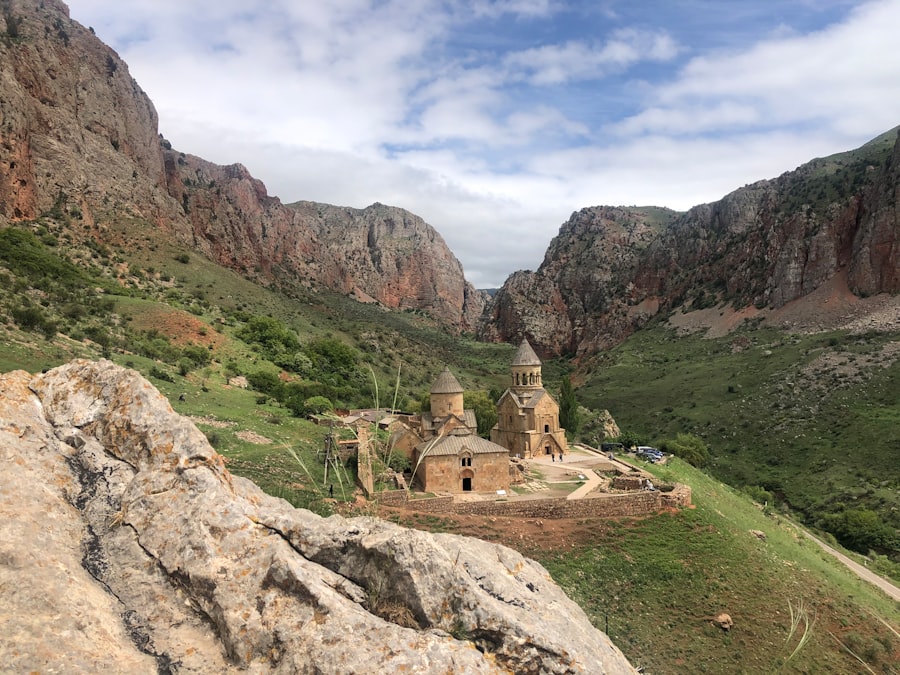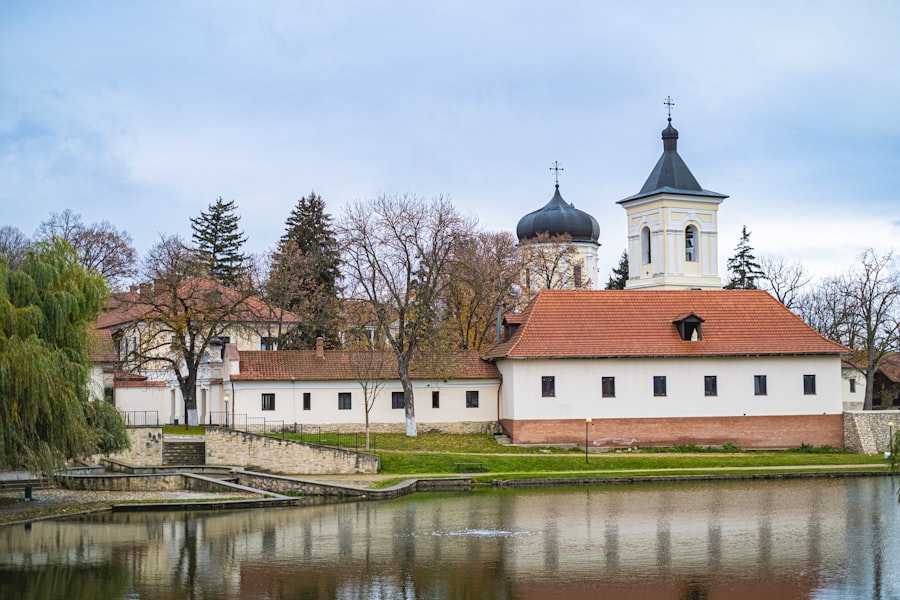
Moldova, a small landlocked country nestled between Romania and Ukraine, is often overlooked by travelers seeking the more popular destinations in Eastern Europe.
With its rolling hills, lush vineyards, and charming villages, Moldova offers a unique blend of experiences that reflect its diverse heritage.
The country is characterized by its hospitable people, who take pride in their traditions and are eager to share their stories with visitors. The capital city, Chișinău, serves as the heart of Moldova, showcasing a mix of Soviet-era architecture and modern developments. The city is a vibrant hub of activity, where one can find bustling markets, lively cafes, and cultural institutions.
Beyond the capital, Moldova’s rural landscapes reveal a slower pace of life, where age-old customs are still practiced. This juxtaposition of urban and rural life provides a fascinating insight into the Moldovan way of living, making it an intriguing destination for those willing to explore its depths.
Key Takeaways
- Moldova is a small, landlocked country in Eastern Europe, known for its rich history, diverse culture, and beautiful landscapes.
- Visitors to Moldova can explore historical and cultural sites such as the Orheiul Vechi Monastery and the Cricova Winery, which offer a glimpse into the country’s past and present.
- Nature lovers can enjoy the stunning natural landscapes of Moldova, including the picturesque countryside, the scenic Dniester River, and the outdoor activities such as hiking and birdwatching.
- Food enthusiasts can indulge in Moldova’s culinary delights, including traditional dishes like mamaliga and placinte, as well as wine tasting at the country’s renowned wineries.
- Travelers can also experience Moldova’s traditional crafts and local markets, where they can purchase handmade souvenirs and immerse themselves in the local culture. When traveling in Moldova, it’s important to be respectful of local customs and traditions, and to be mindful of safety and transportation options.
Historical and Cultural Sites in Moldova
Moldova’s history is marked by a series of influences from various empires and cultures, which have left an indelible mark on its landscape. One of the most significant historical sites is the Orheiul Vechi archaeological complex, located about 60 kilometers from Chișinău. This ancient site features a stunning landscape carved by the Răut River and is home to remnants of various civilizations, including the Geto-Dacians, the Mongols, and the Ottoman Empire.
Visitors can explore the cave monasteries that date back to the 13th century, offering a glimpse into the spiritual life of the region’s past inhabitants. Another notable site is the Stefan Cel Mare Central Park in Chișinău, named after the revered Moldovan ruler Stephen the Great. The park is not only a place for relaxation but also a historical landmark that reflects the country’s national identity.
Within its confines lies the impressive Nativity Cathedral, an architectural gem that showcases neoclassical design elements. The cathedral’s serene atmosphere invites visitors to reflect on Moldova’s religious heritage while enjoying the beauty of its surroundings.
Natural Landscapes and Outdoor Activities

Moldova’s natural landscapes are as diverse as its cultural heritage, offering a plethora of outdoor activities for nature enthusiasts. The Codrii Forest, located in central Moldova, is one of the country’s most significant natural reserves. This expansive forest is home to a variety of flora and fauna, making it an ideal spot for hiking and birdwatching.
Trails wind through the dense woods, leading adventurers to picturesque viewpoints that overlook the rolling hills and valleys below. For those seeking a more leisurely experience, the Dniester River provides opportunities for kayaking and fishing. The river meanders through some of Moldova’s most scenic regions, allowing visitors to immerse themselves in the tranquility of nature while enjoying breathtaking views.
Along the riverbanks, quaint villages dot the landscape, offering a chance to interact with locals and learn about their way of life. Whether it’s hiking through forests or paddling along rivers, Moldova’s natural beauty invites exploration and adventure.
Culinary Delights and Wine Tasting
| Event | Attendance | Wine Varieties | Culinary Offerings |
|---|---|---|---|
| Wine Tasting | 150 | Red, White, Rosé | Cheese platters, Charcuterie boards |
| Culinary Delights Workshop | 80 | N/A | Interactive cooking demonstrations |
| Wine Pairing Dinner | 100 | Various wine pairings | Multi-course gourmet meal |
Moldovan cuisine is a delightful fusion of flavors influenced by its neighboring countries and historical ties.
Traditional dishes often feature fresh ingredients sourced from local farms, showcasing the country’s agricultural bounty. One must-try dish is mămăligă, a cornmeal porridge that serves as a staple in Moldovan households.
It is often accompanied by cheese, sour cream, or stews, providing a hearty meal that reflects the rustic charm of Moldovan cooking. Wine plays a significant role in Moldovan culture, with the country being one of the oldest wine-producing regions in the world. The Milestii Mici winery holds the Guinness World Record for having the largest wine cellar globally, stretching over 200 kilometers underground.
Visitors can embark on guided tours through this vast labyrinth of barrels and bottles, sampling exquisite wines along the way. The experience culminates in tastings of local varietals such as Fetească Albă and Fetească Neagră, which embody the unique terroir of Moldova.
Traditional Crafts and Local Markets
Moldova’s rich cultural heritage is reflected in its traditional crafts, which have been passed down through generations. Artisans skilled in pottery, weaving, and woodwork create beautiful handmade items that showcase their craftsmanship. The village of Călărași is particularly known for its pottery, where visitors can observe artisans at work and even try their hand at creating their own pieces.
These crafts not only serve as functional items but also as expressions of Moldovan identity and creativity. Local markets are vibrant hubs where one can experience the essence of Moldovan culture firsthand. The Central Market in Chișinău is a bustling place filled with stalls selling fresh produce, homemade cheeses, cured meats, and artisanal goods.
Here, visitors can engage with local vendors who are eager to share their products and stories. The market atmosphere is lively and colorful, providing an authentic glimpse into daily life in Moldova. Exploring these markets allows travelers to connect with the local community while indulging in delicious treats.
Tips for Traveling in Moldova

Traveling in Moldova can be an enriching experience if approached with an open mind and a sense of adventure. While public transportation options such as buses and minibusses are available for getting around cities and rural areas, renting a car can provide greater flexibility to explore off-the-beaten-path destinations. Roads may vary in quality, so it’s advisable to plan routes carefully and allow extra time for travel.
Language can be a barrier for some travelers since Romanian is the official language spoken by most locals. However, many people in urban areas speak English or Russian, making communication easier in tourist hotspots. Learning a few basic phrases in Romanian can go a long way in fostering goodwill with locals and enhancing your travel experience.
When visiting rural areas or smaller towns, it’s essential to respect local customs and traditions. Moldovans are known for their hospitality; thus, accepting invitations for tea or meals can lead to memorable interactions with families eager to share their culture. Additionally, being mindful of dress codes when visiting religious sites is important; modest clothing is often expected.
In conclusion, Moldova offers an array of experiences that cater to diverse interests—from exploring historical sites steeped in rich narratives to indulging in culinary delights that tantalize the taste buds. Its natural landscapes beckon adventurers while traditional crafts provide insight into the country’s artistic heritage. With thoughtful planning and an open heart, travelers can uncover the many layers of this enchanting destination that remains largely undiscovered by mainstream tourism.
If you’re intrigued by the diverse and fascinating destinations around the world, you might find the article on Las Vegas Facts and Places to Visit quite interesting. While it shifts focus from the historical and cultural richness of Moldova to the vibrant and lively atmosphere of Las Vegas, both articles provide valuable insights into their respective regions. Exploring Las Vegas through this article will give you a glimpse into its iconic landmarks, entertainment options, and unique desert landscape, offering a different yet equally captivating travel experience compared to the quaint charm and historical depth of Moldova.
FAQs
What is the capital of Moldova?
The capital of Moldova is Chisinau.
What are some famous places to visit in Moldova?
Some famous places to visit in Moldova include the Orheiul Vechi Monastery, the Cricova Winery, and the National Museum of Ethnography and Natural History.
What are some traditional dishes in Moldova?
Some traditional dishes in Moldova include mamaliga (a type of cornmeal porridge), placinte (pastries filled with cheese, potatoes, or cabbage), and sarmale (cabbage rolls filled with meat and rice).
What is the currency used in Moldova?
The currency used in Moldova is the Moldovan leu.
What are some popular festivals and events in Moldova?
Some popular festivals and events in Moldova include the National Wine Day, the Martisor Festival, and the Moldova Film Festival.
What are some natural sights to see in Moldova?
Some natural sights to see in Moldova include the Dniester River, the Codru Forest, and the Saharna Monastery.



